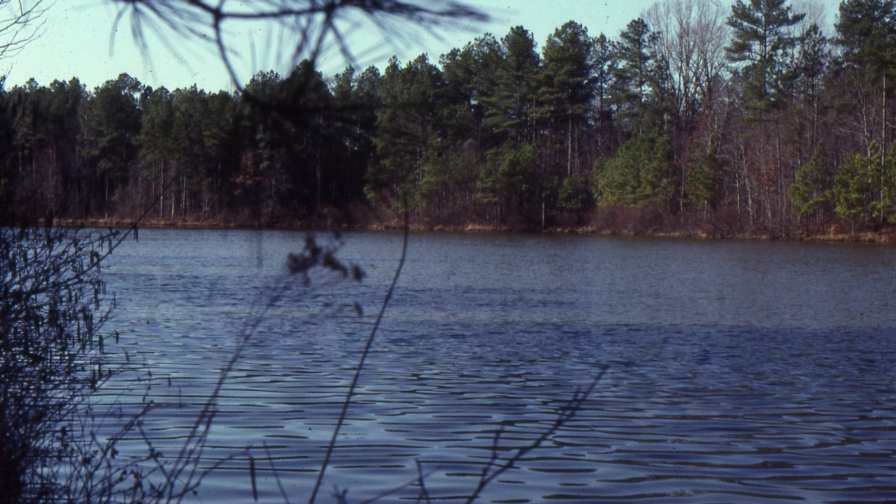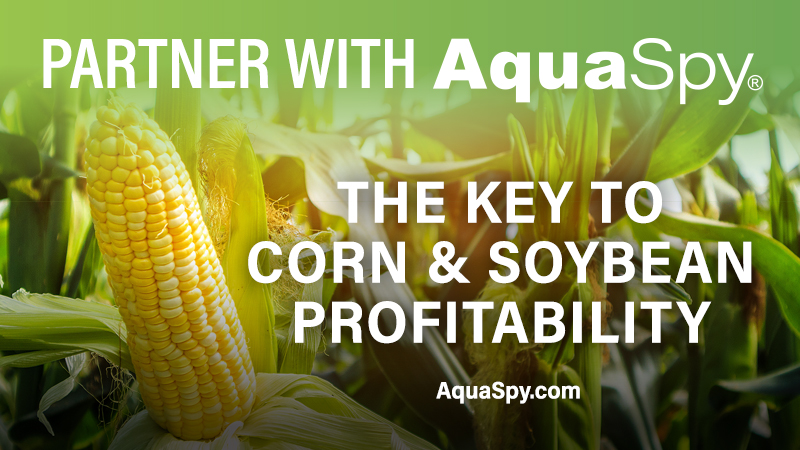How To Use Irrigation Water Wisely For Your Vegetable Crops

In Pennsylvania, most growers are sourcing water from ponds, rivers, streams, and wells. One of the biggest challenges with water conservation in the state is making sure growers have enough water in their ponds to meet crop needs.
Photo courtesy of Bill Lamont
While water availability on either coast varies greatly, saving water means saving costs and that’s a need felt across the board. Whether it’s through the use of drip tape, improving soil moisture retention through increased organic matter, or by habitat adjustments, growers on the East and West Coasts are making changes to minimize the use of this precious resource.
Experts from both sides of the country share recommendations and practices on how best to conserve water for more sustainable and efficient production.
Water Conservation In Pennsylvania
Bill Lamont, a Professor at Penn State University and specialist in water delivery and management systems for vegetable crops, explains that most growers in the state are sourcing water from ponds, impoundments, rivers, streams, and wells. The biggest challenge he sees with water conservation in the state is making sure growers have enough water in their ponds to meet crop needs.
“This especially if it’s a dry year. In the future, there might be restrictions for water usage, and growers want to be prepared to make sure they have enough water — whether availability is weather-related or restriction-related,” he explains.
In order to make the best of your available water, Lamont suggests making sure any water you apply stays where you apply it so your crop receives the maximum benefit.
“That means laying out your field so you don’t get runoff and lose water. Also, some growers have increased their pond capacity, and others have put in new ponds to catch and retain water so they can use what would normally be lost to runoff,” he says.
Working With Drip
Drip irrigation is the most popular method of irrigating in the state and the most important way to reduce water, Lamont says.
The difference between drip systems in California and Pennsylvania, he explains, is the rolling hills in Pennsylvania, which require growers to use pressure compensation tapes that wouldn’t be required on flat surfaces.
In many cases, growers are laying strips of grass around the hills to buffer runoff, which are laid out based on topography.
“A lot of times, the Natural Resource Conservation Service will come out and site where the strips need to be to get the maximum benefit. This may be for a bare-ground crop like cabbages and sweet corn, and plastic mulch strips might help with this, too,” Lamont says.
The mulch helps absorb the irrigation, and in addition helps with weed control, earliness of crops, cleanliness of crops, and prevents the ground from getting “beat up” by water, according to Lamont.
Making sure you use top-quality drip tape can have a major impact on your irrigation, he says.
“A good drip tape ensures that every orifice is putting out the same amount of water over the length of the run. The engineering and precision of drip tapes have improved dramatically over the last decade. Companies tend to stand behind the tapes and help growers make sure they get the best layout on their fields,” Lamont says.
Regardless of what type of irrigation system you use, Lamont says to make sure all of your equipment is functioning properly. If you’re using overhead irrigation, be sure there are no leaks in the pipes, and be sure that the water is being applied at a rate that the soil absorb it.
Managing Drought Conditions In California
Out West, the drought has spurred many growers to take on innovative water conservation techniques, and Michael Cahn, Irrigation and Water Resources Extension Specialist at the University of California, Davis Cooperative Extension Monterey County, has been working with growers and irrigators alike, training them on how to best operate irrigation systems and manage water use for maximum efficiency.
One of the primary challenges for Cahn this year was making sure the rain that fell penetrated the ground as much as possible.
“One way we’re doing this is by using low-residue cover crops. You grow a cover crop, kill it at an early stage, and leave residue on the ground to help improve infiltration,” Cahn explains.
“The rain often is so intense that it just crusts the soil and runs off. You can protect the soil from crusting by using mulches, and the best way to do that is to grow it,” he adds.
Cahn suggests using cover crops such as rye or cereal grains because they don’t host diseases that affect vegetables. He notes that mustards work especially well in organic production systems, but cautions organic growers to stay away from using grasses because of the herbicide requirements.
Getting The Best From Your Tape
Similar to Lamont’s suggestion, Cahn says the key to getting the most from your irrigation system is to make sure the pressure in the system is adequate to provide uniform application.
The reason this is so critical, he says, is because drip runs at a very low pressure of about 8 to 10 pounds per square inch (PSI) versus sprinklers, which operate at about 45 to 60 PSI, and the slightest variation of pressure can affect application rates.
To best manage drip application, Cahn suggests conducting uniformity evaluations with tapes of different ages in the field, and to try to use the same drip tape or flow rate in your fields.
“Don’t mix it up and have low flow and high flow in the same field, be really organized. Sometimes I’ll see growers use color coding to make marks on the lots. You need some system to keep track of the age of the tape and where you’re using it on the farm,” he says.
Pay Attention To Crop Needs
Being aware of what your crops need and when is another key strategy to cut down on water use, according to Cahn.
“We see people spending a lot of money on their drip systems and then over irrigating the first half of the crop. If they want to save water, they need to look at the crop ET (evapotranspiration) demand early on and can usually cut back [water use] by a few inches there. The water demand is pretty low in the beginning because there’s not much leaf area,” he explains.
To help evaluate plant needs throughout the growth cycle, a new app called Canopeo from Oklahoma State University has been developed that allows users to take a picture of their plant canopy, allowing them to monitor the development in real time and make informed management decisions.
More information on the app can be found here: https://appcenter.okstate.edu/content/canopeo.









